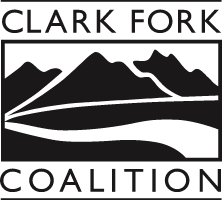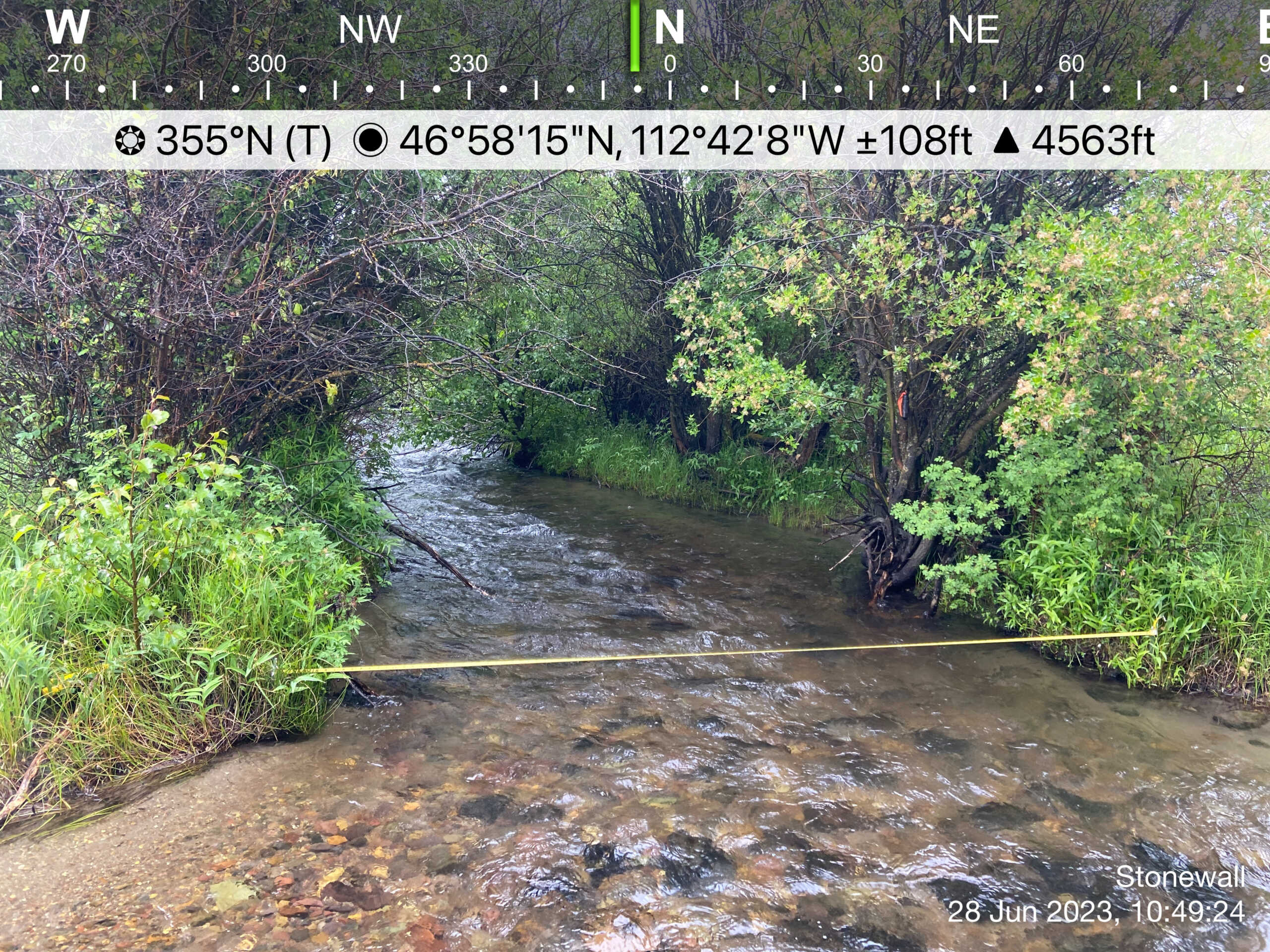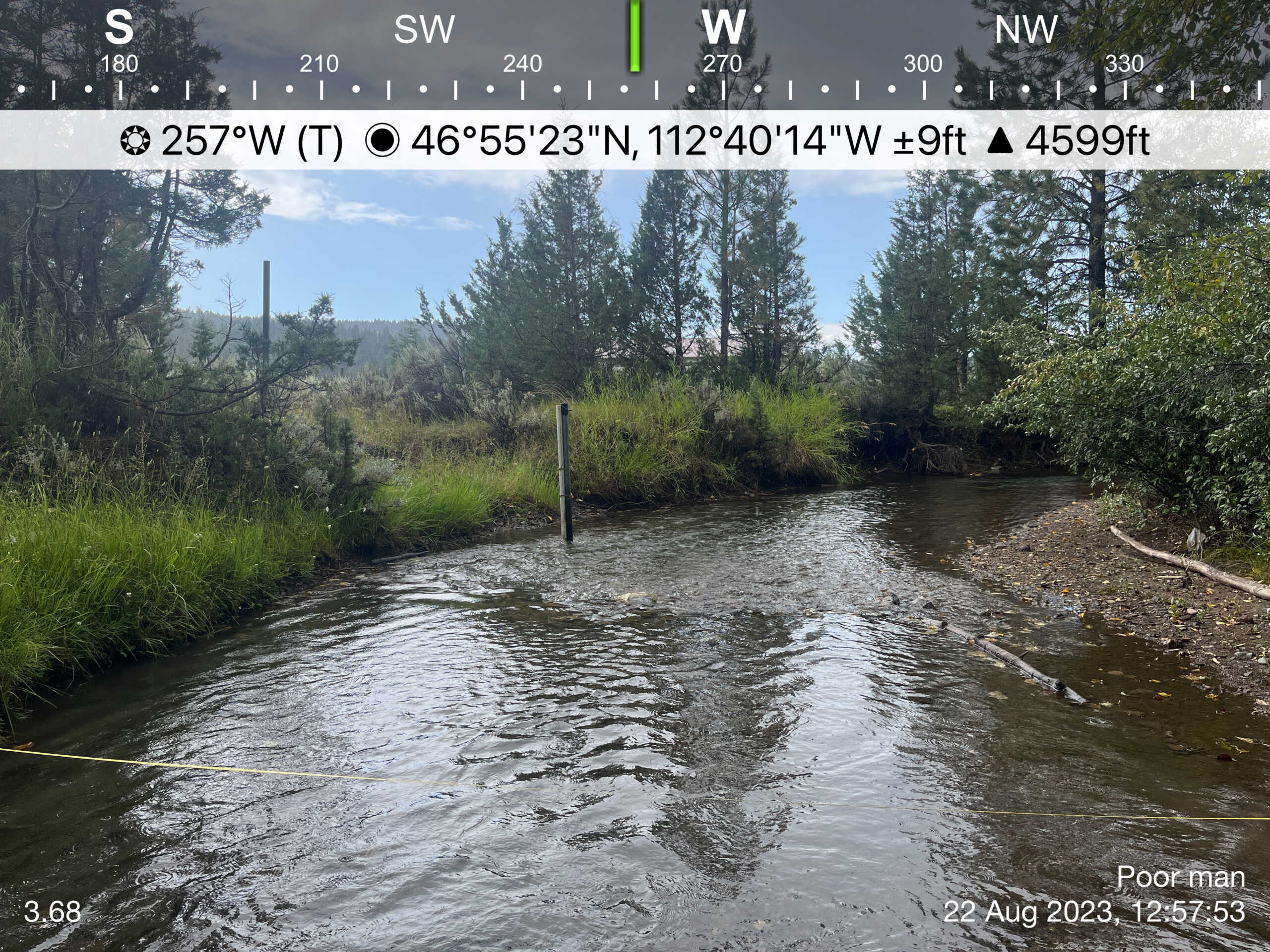Wildlife Coexistence
At the Clark Fork Coalition, we recognize that practical solutions for river restoration and protection must be based on realistic human-wildlife coexistence. A sustainable river ecosystem requires a balance between human pressures and wildlife needs.
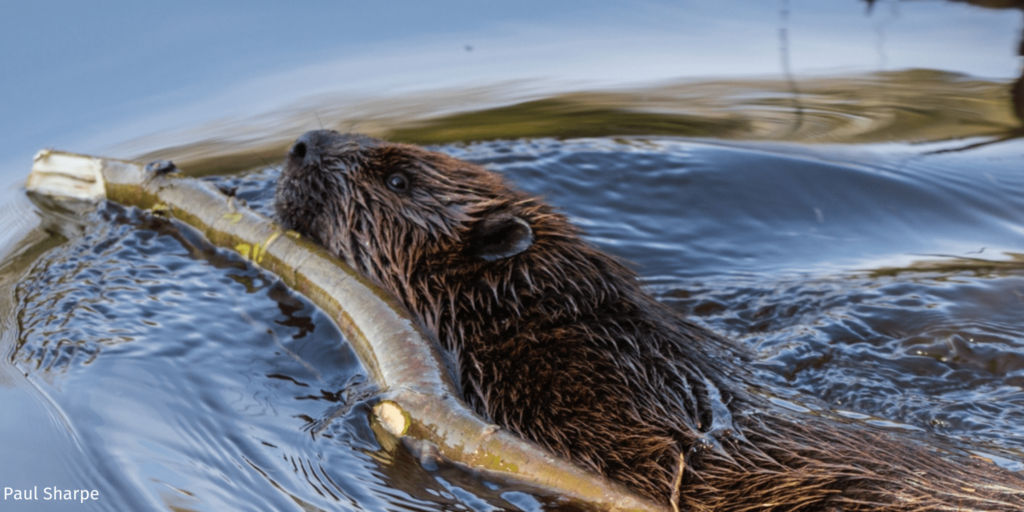
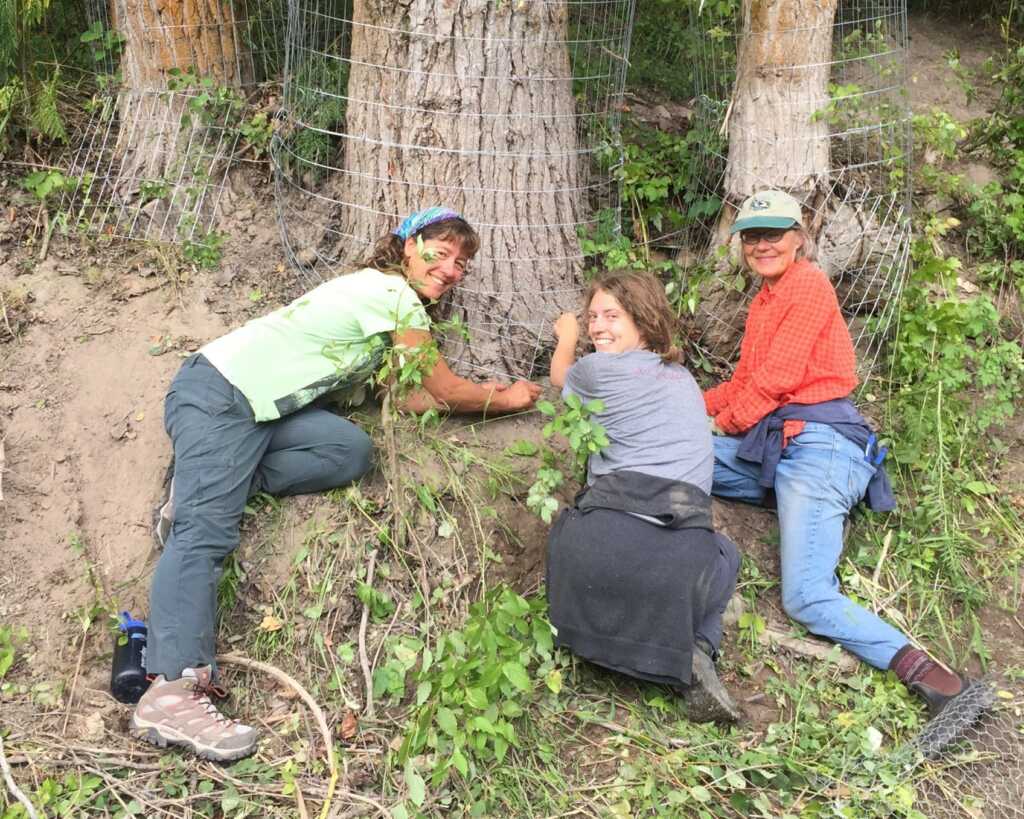
How we do it
To support successful wildlife coexistence, we collaborate with landowners and managers to find workable solutions when conflicts arise. We work with experts and partners to address beaver issues, install fish screens, create beneficial fish barriers and fish-friendly culverts, and improve irrigation systems.
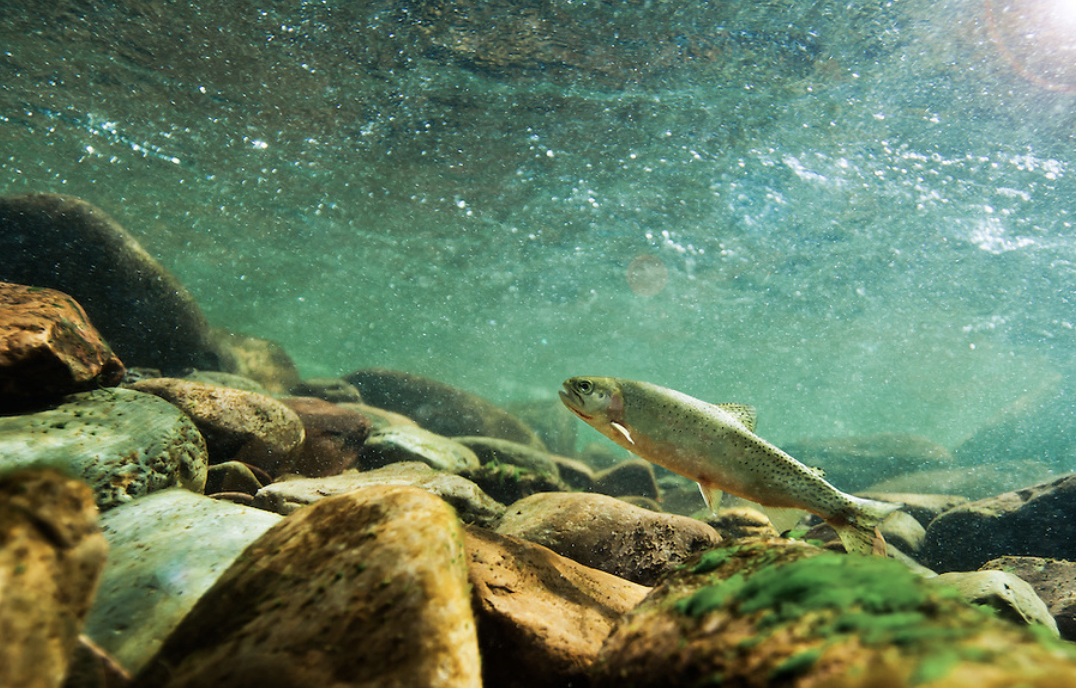
We couldn’t do it without you
Our capacity to act relies on your support
